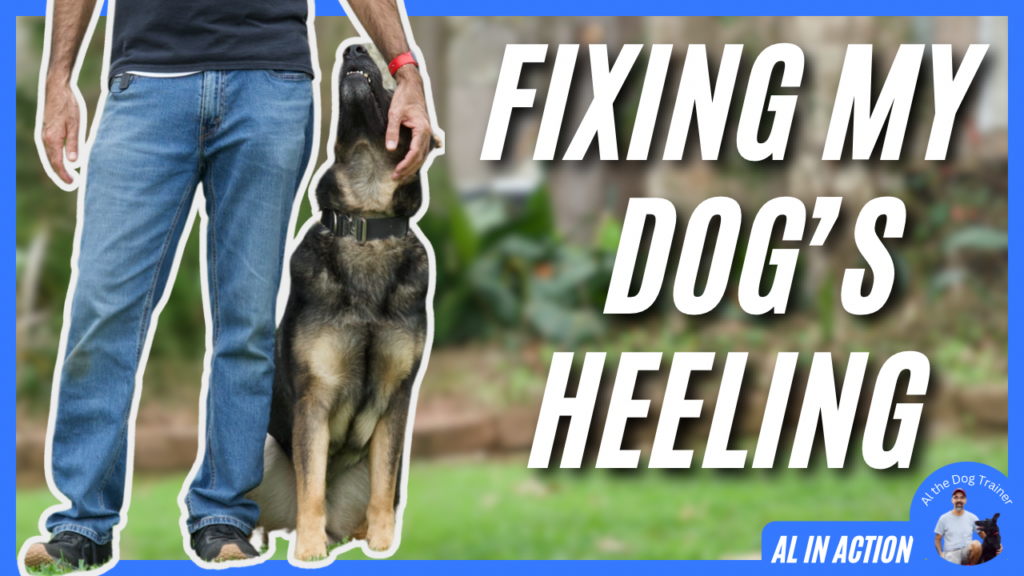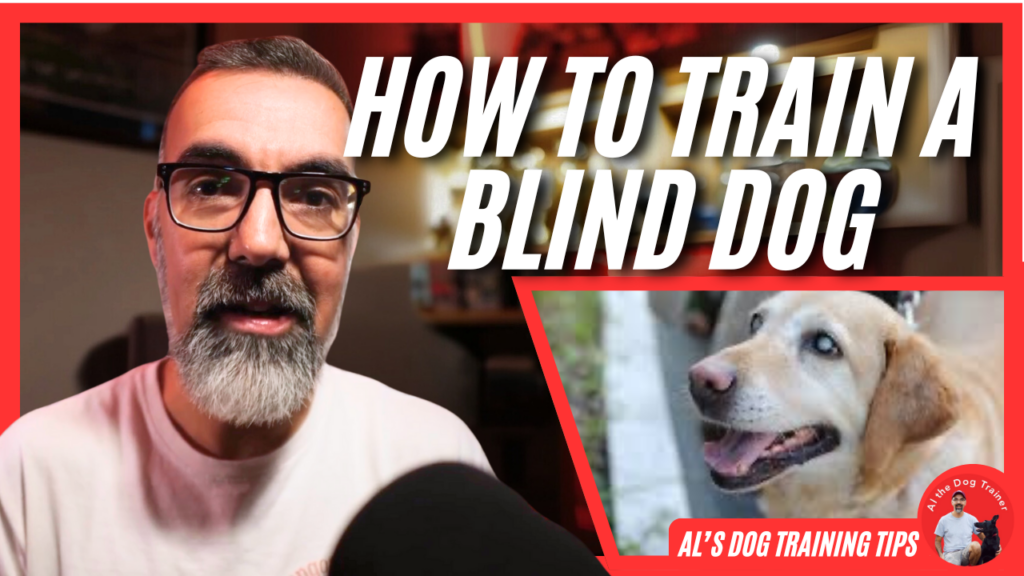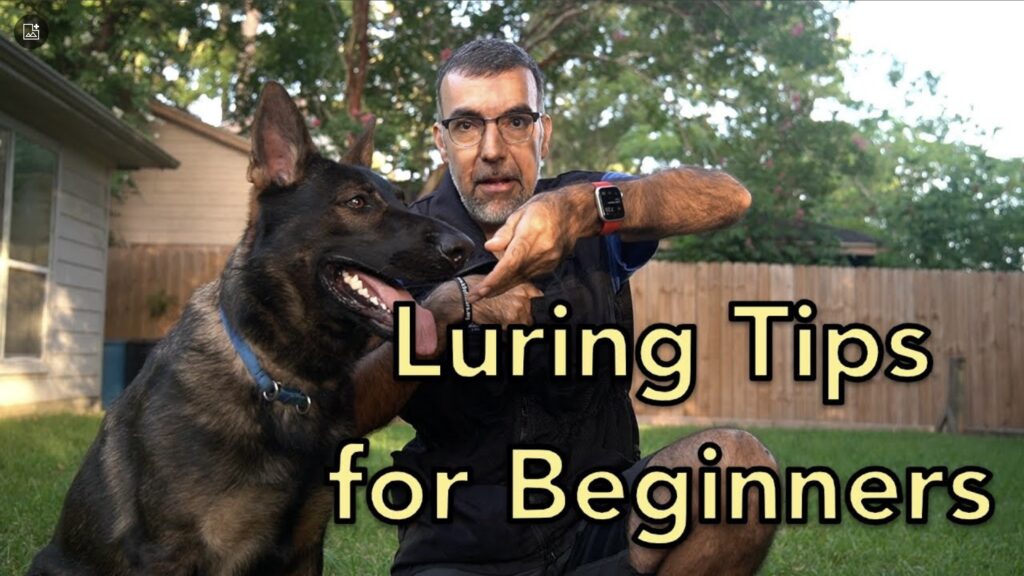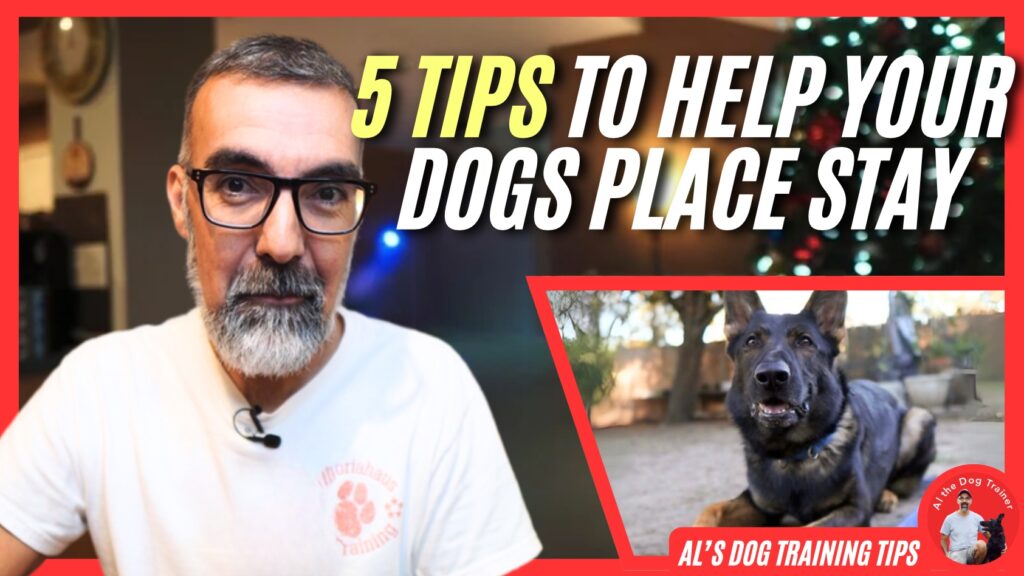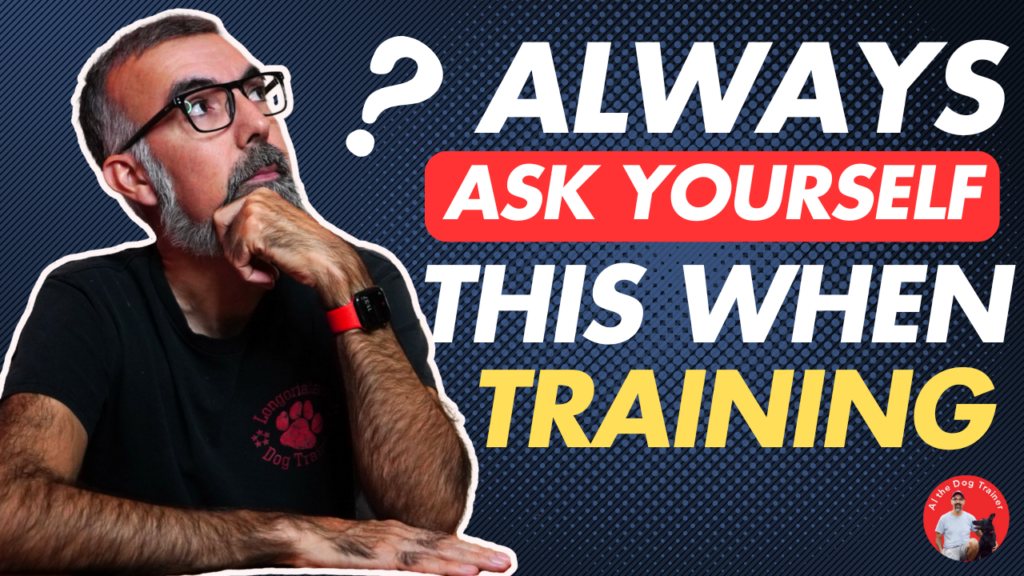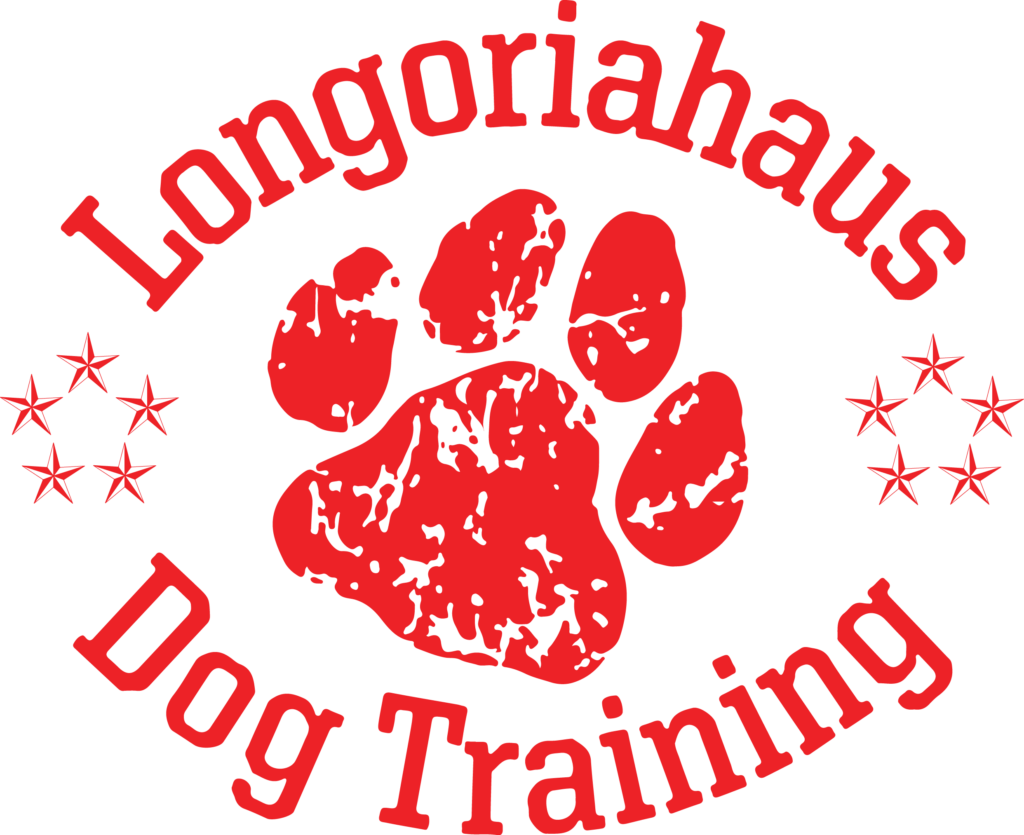Fixing my Dog’s Heeling! Stop common mistakes
Howdy, everyone! Today, I’m bringing you into a training session with Alpha, my almost four-year-old dog. One of the biggest challenges I’ve been facing with her heeling is that she tends to forge ahead and crab (angling her body rather than staying parallel to me). This is something that can’t be fixed in just one training session—it’s going to take consistent effort over the next month or two.
I want to document this process so you can follow along and see the transformation from where we are today to where I want her to be. My ultimate goal is to compete with Alpha, but solid heeling is the foundation of many exercises. If I can’t fix this, it will be impossible to showcase her full potential. I take full responsibility for this issue, and now it’s time to correct it!
The Plan: Building Consistency
To address Alpha’s heeling issues, I’m focusing on reinforcing the correct position through structured exercises. The first exercise involves using a bucket as a platform to help her understand proper positioning. Here’s how it works:
Positioning on the Bucket: I guide Alpha onto the bucket so that she aligns with the heel position. She can either stand or sit, but I prefer her standing for this drill.
Reinforcement: I reward her for maintaining the position, helping her build muscle memory.
Using a Mirror: Behind the camera, I have a mirror to keep my focus forward rather than looking down at Alpha. This prevents me from unintentionally reinforcing incorrect behaviors.
Timing and Reward Placement
One of the key elements of this training is precise timing with rewards. I use moment markers (verbal cues like “good”) to reinforce the exact position I want before delivering the reward. The timing of the reward matters—if I reward too far forward, she may start forging more. To counter this, I primarily reward from my left-side pocket to encourage proper positioning.
Teaching Controlled Movements
Beyond just standing in the correct position, I’m also introducing controlled movement exercises:
Spin and Return: Using lures, I guide Alpha to spin away and return to my left side in the correct position.
Marking the Correct Behavior: If she executes the movement correctly, I mark the moment and then reward.
Building Expectation: By repeating this process, Alpha will start anticipating the behavior and responding to verbal cues rather than needing lures.
Addressing Common Mistakes
During training, it’s easy to make mistakes. For example:
Looking down at your dog too much can create a dependency where they only work well when you’re staring at them.
Inconsistent rewards can reinforce the wrong behaviors.
Overusing moment markers can confuse the dog if they are not clearly separated from the reward.
I make it a point to be mindful of these issues and adjust accordingly when I notice them.
Repetitions and Breaks
Fixing a problem like this takes hundreds of repetitions. However, it’s crucial to balance work and rest. After a few reps, I give Alpha a break by letting her relax on a place command. This helps keep her engaged and prevents mental fatigue.
Long-Term Commitment
This issue didn’t develop overnight, and it won’t be fixed overnight. At one point, Alpha’s heeling looked fantastic, but due to life circumstances—such as focusing on my other dog, Jericho, when he was sick—I let her training slip. That’s on me. Now, I’m dedicated to fixing it and getting her back to competition-level heeling.
Final Thoughts
If you’re working on similar issues with your dog, remember that consistency, patience, and proper reinforcement are key. I’ll be continuing to document Alpha’s progress, so stay tuned!
If you found this post helpful, let me know in the comments! Also, liking, sharing, and engaging with this content helps others find it so they can improve their dog training, too.
Thanks for reading, and happy training!

